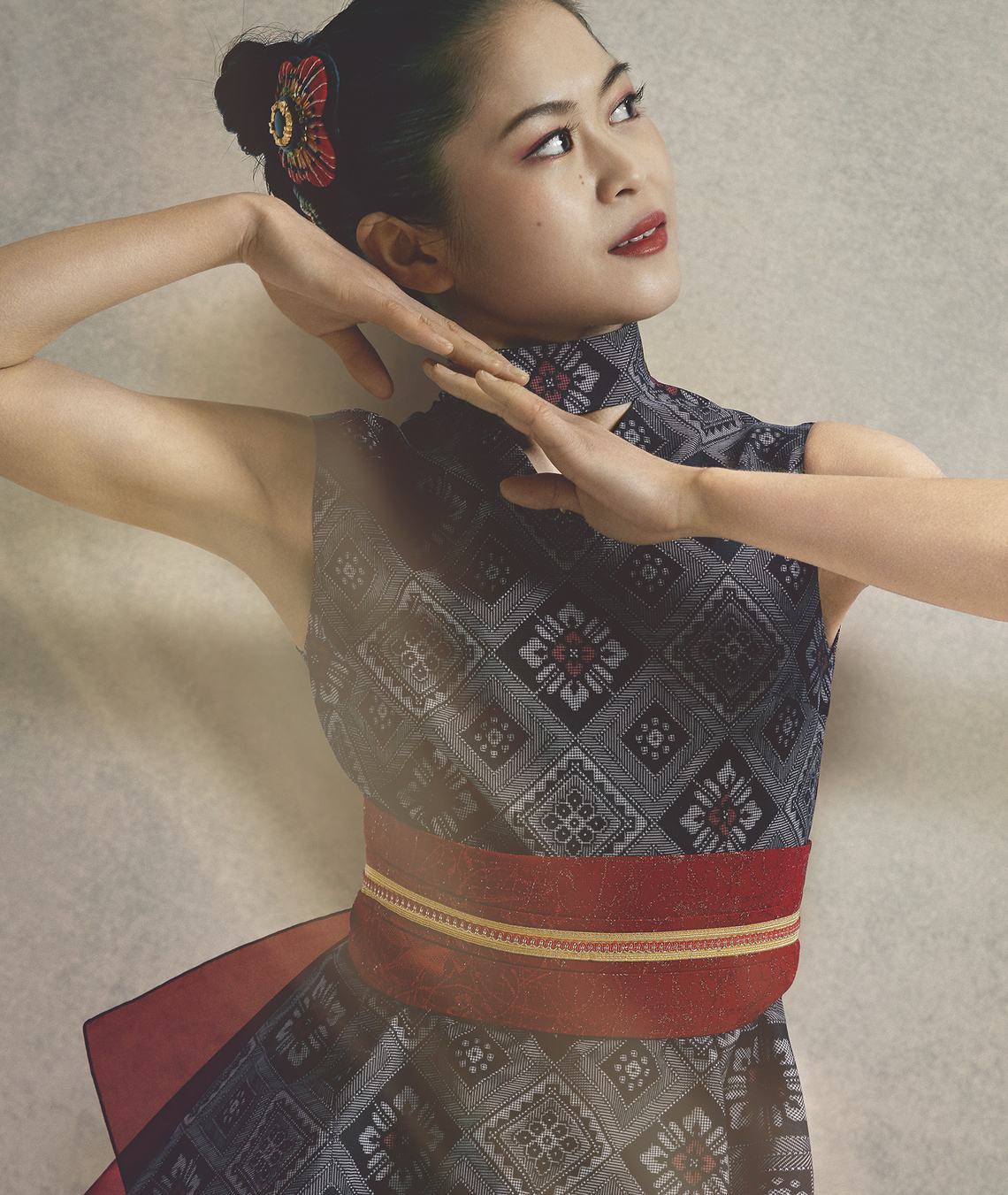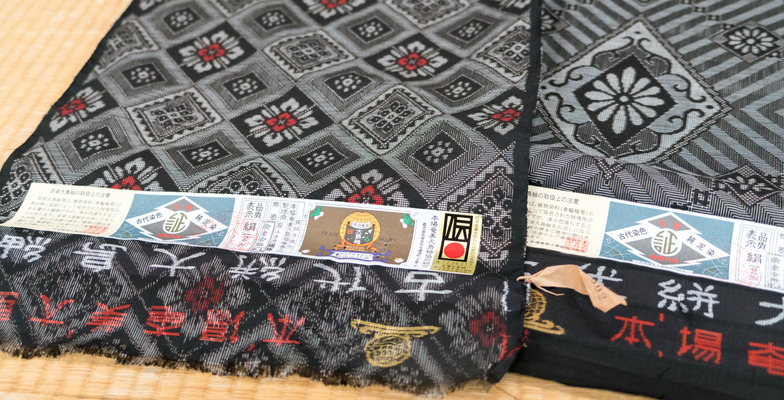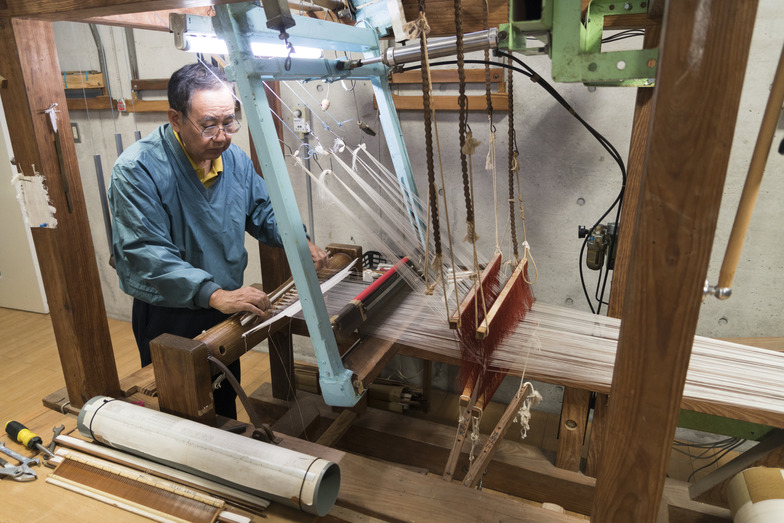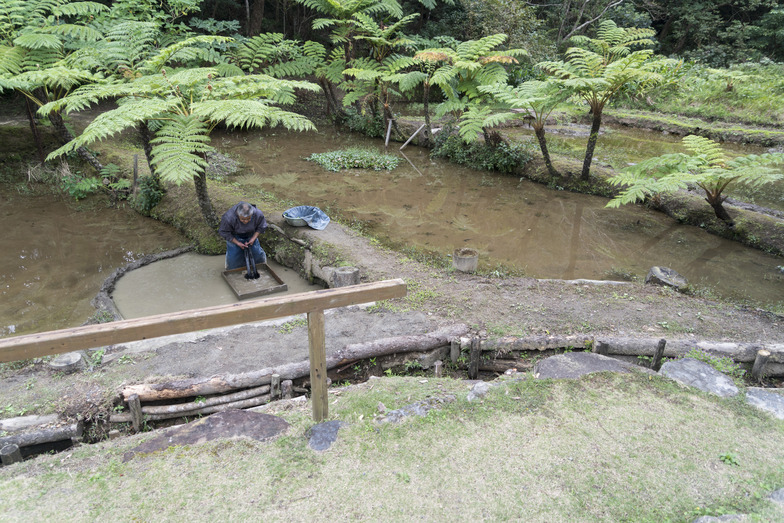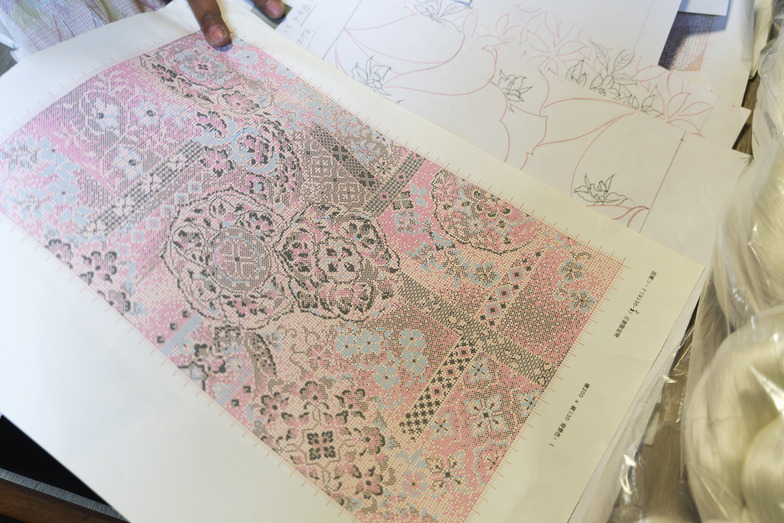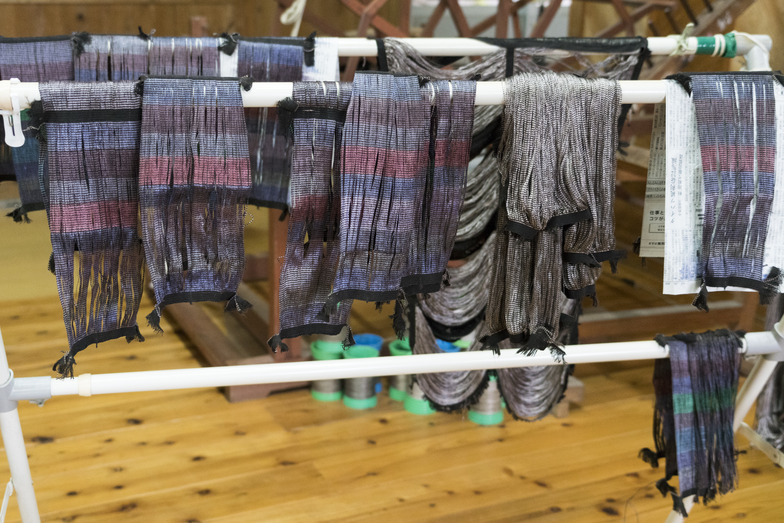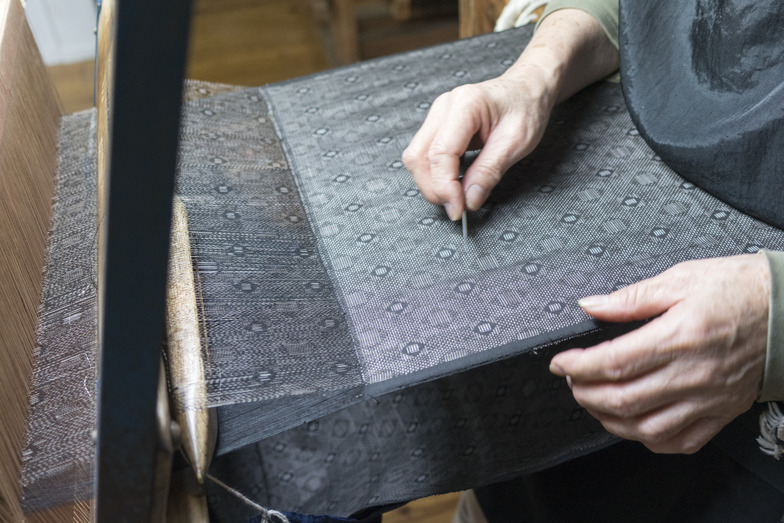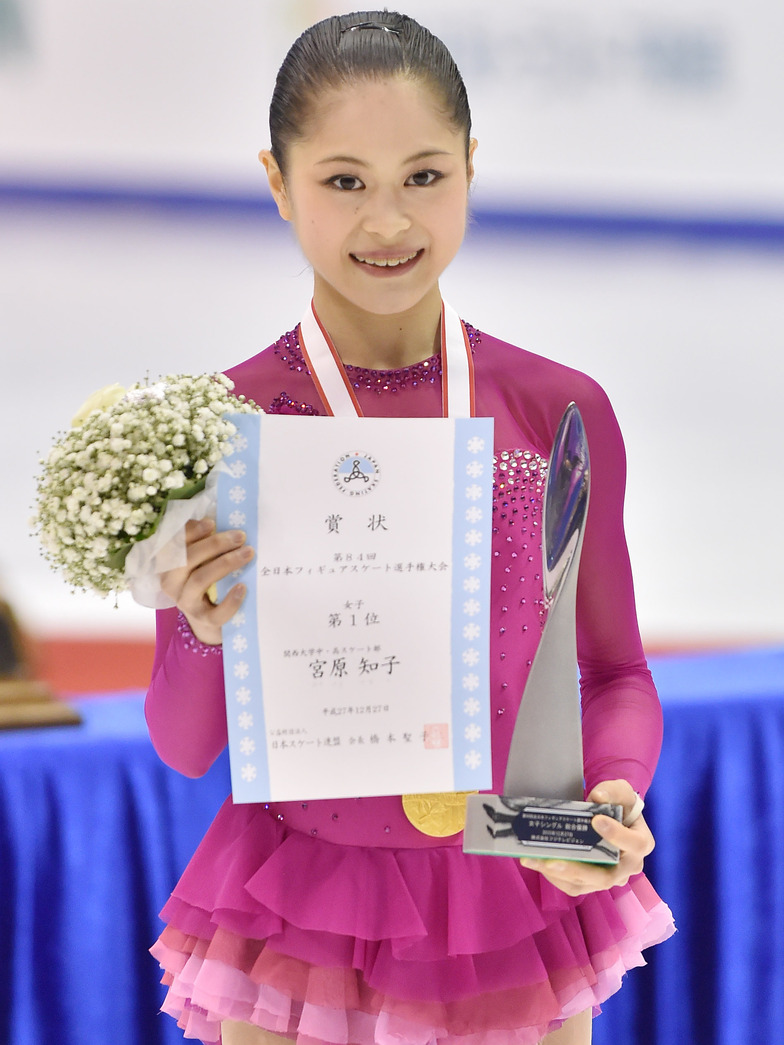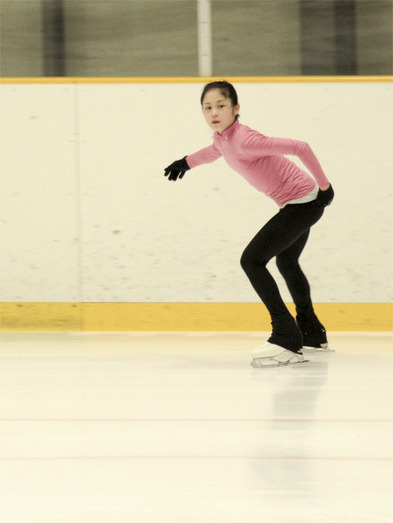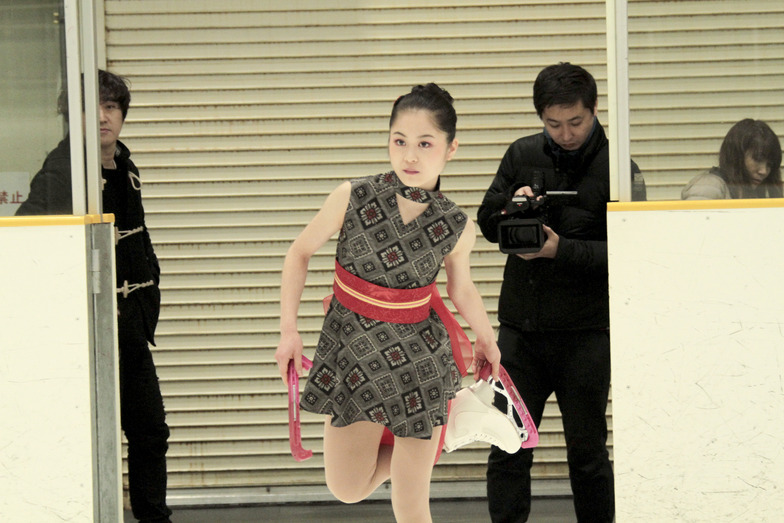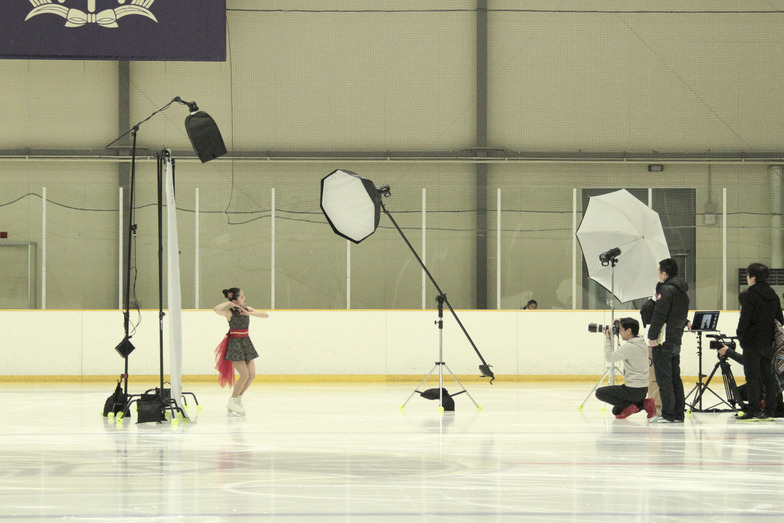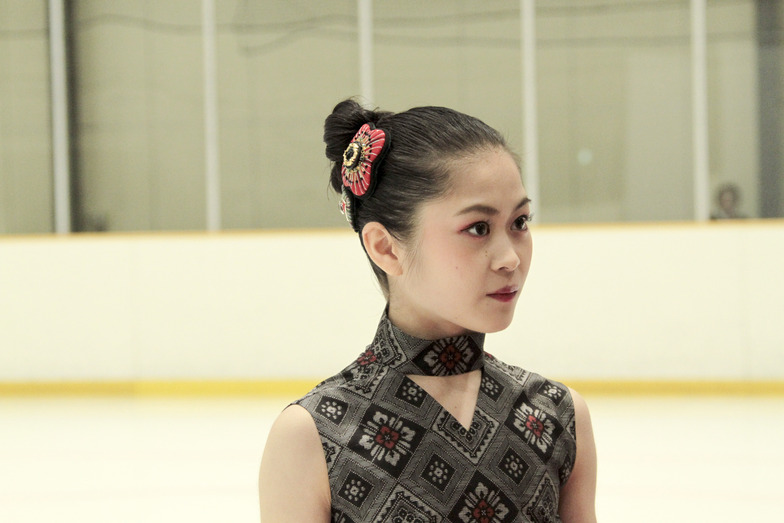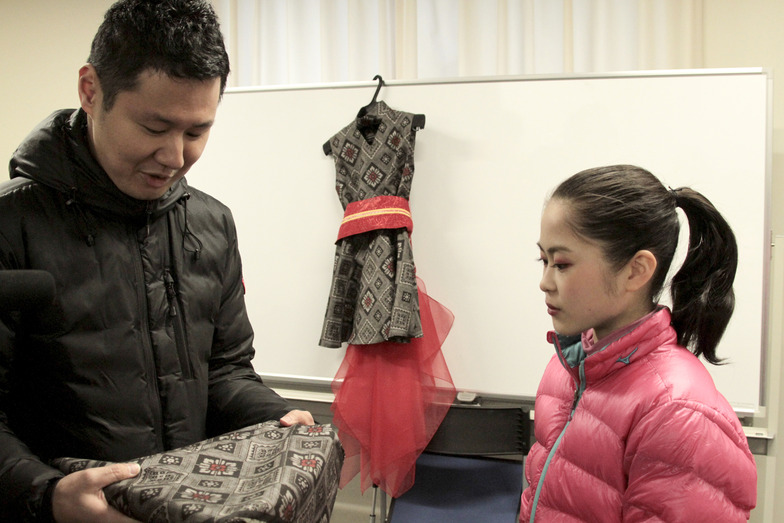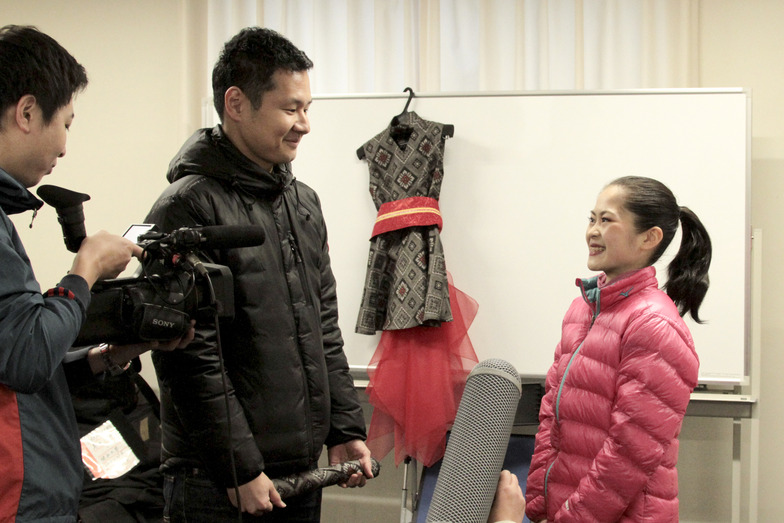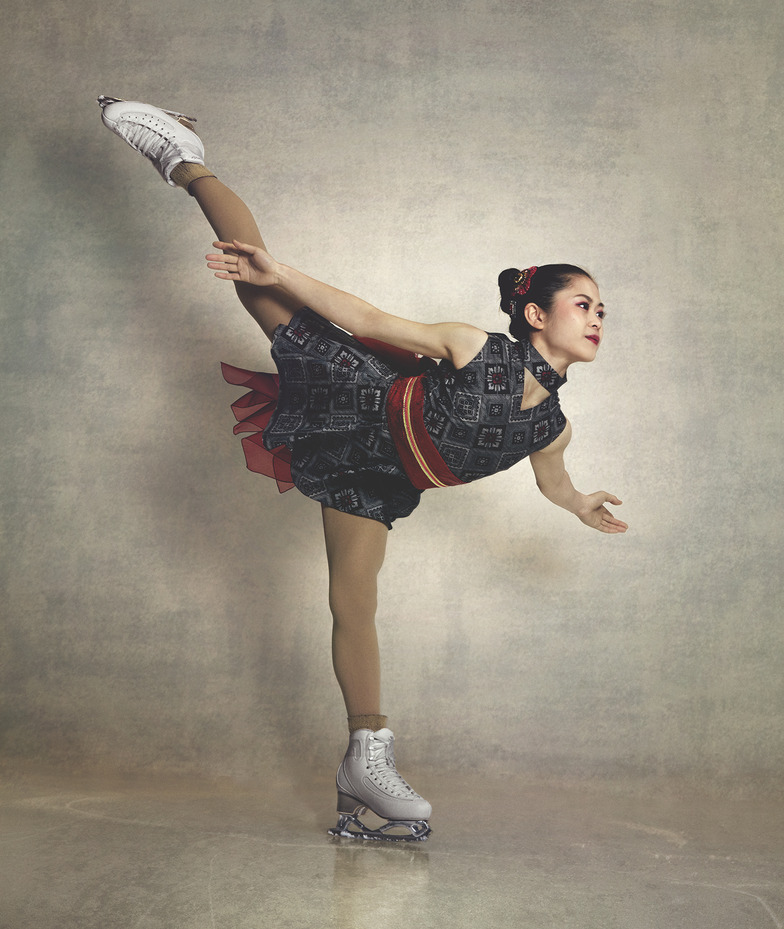Note: This website was automatically translated, so some terms or nuances may not be completely accurate.
【Amami Oshima】The Figure Skating Queen in Oshima Tsumugi.

Tomoko Miyahara

Junryu Maesato
Nankai Nichi Nichi Shimbun

Minami Yūwa
Yumeori no Sato Co., Ltd.

Mamoru Ichino
Dentsu Inc.
Was this article helpful?
Newsletter registration is here
We select and publish important news every day
For inquiries about this article
Back Numbers
Author

Tomoko Miyahara
Figure Skater (Women's Singles)
A world-class figure skater who became the All-Japan champion for two consecutive years, combining her naturally serious personality and steady technique honed through diligent practice with rapidly improving expressiveness. She placed second at the 2015 World Championships, won the 2016 Four Continents Championships, claimed the All-Japan title in both 2014 and 2015, and finished second at the 2015 Grand Prix Final.

Junryu Maesato
Nankai Nichi Nichi Shimbun
Director of Sales and Editor-in-Chief of Monthly Amami
Born in 1988, I returned to my home island of Amami Ōshima and joined the Nankai Nichi Nichi Shimbun. I have been primarily involved in advertising, planning, and business development to the present day. Furthermore, I view the approximately 400 Amami hometown associations nationwide (another Amami) and the local area as "one cosmology," exploring ways to discover the islands through the Amami sphere concept. "The 'Am' in Amami is pronounced 'En' (meaning 'connection')," he says. "Let's share the beauty of this island of connections with the world!"

Minami Yūwa
Yumeori no Sato Co., Ltd.
President and CEO
1946 Born on Amami Ōshima (Sani, Kasari Town) 1969 Graduated from Aichi Institute of Technology, Department of Electronic Engineering 1973 Began manufacturing Ōshima Tsumugi silk fabric as a family business 1995 Received the Traditional Culture Merit Award from the National Costume Culture Promotion Association 2001 Certified as a Japan Traditional Craftsman (Design Category) 2008 Appointed Chairman of the Honba Amami Oshima Tsumugi Traditional Craftsmen's Association (2008–2010) 2010 Appointed Chairman of the Amami Island Silk Promotion Council (current position) Currently, he engages in sericulture, design, and dyeing, focusing on developing unprecedented Amami Oshima Tsumugi under the motto "Tradition is always the accumulation of new challenges," utilizing techniques like aurora dyeing and coral dyeing. He approaches the production of each and every thread of Amami Oshima Tsumugi with the affection one would have for a child.

Mamoru Ichino
Dentsu Inc.
Marketing Creative Center / PR Planning Division
Art Director
"I'm working hard with ideas + design + English." Joined Dentsu Inc. in 2005. Created works including the Kaiyukan Aquarium "Shark World" hanging ad, Natsume Mito's "I Cut My Bangs Too Short" album cover, and Monster Hunter's "Let's Go Hunting." Awarded Cannes Lions Gold Lion, Spikes Asia, Times Asia, Young Guns, Asahi Advertising Award, and Transportation Advertising Grand Prix.
